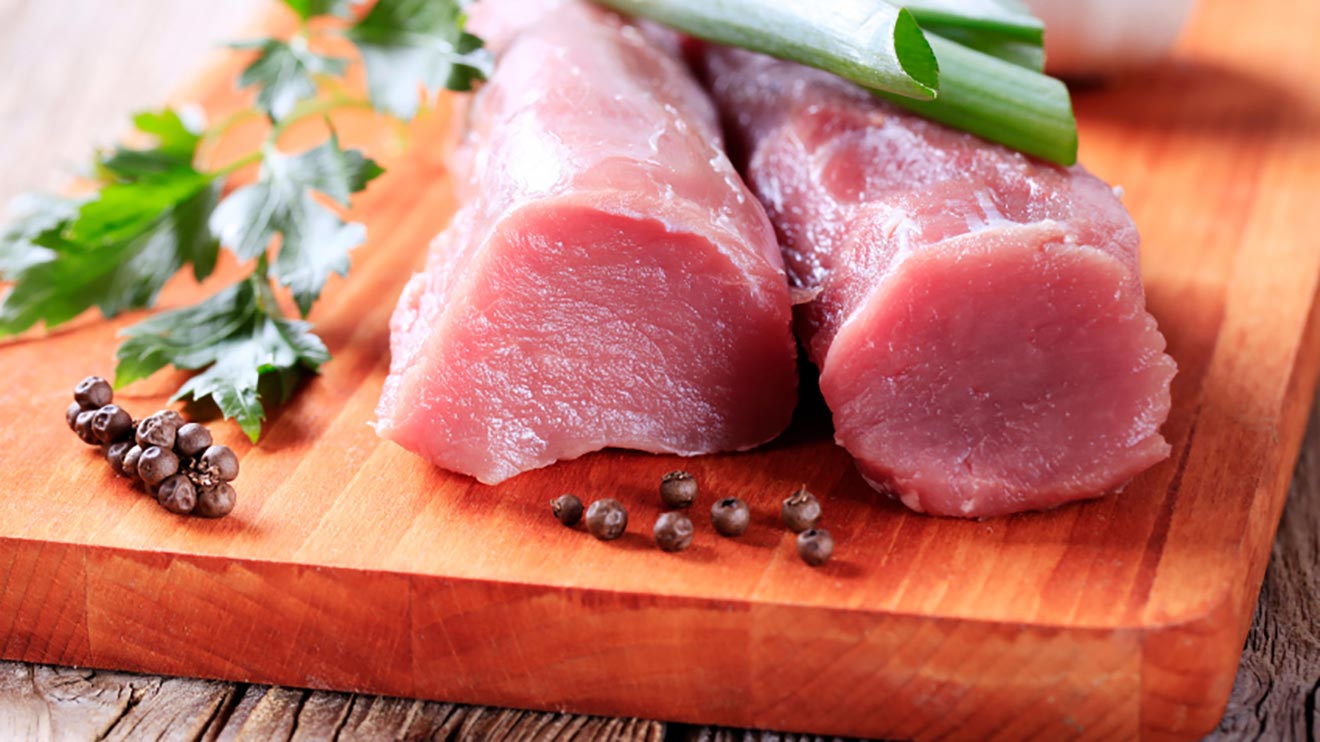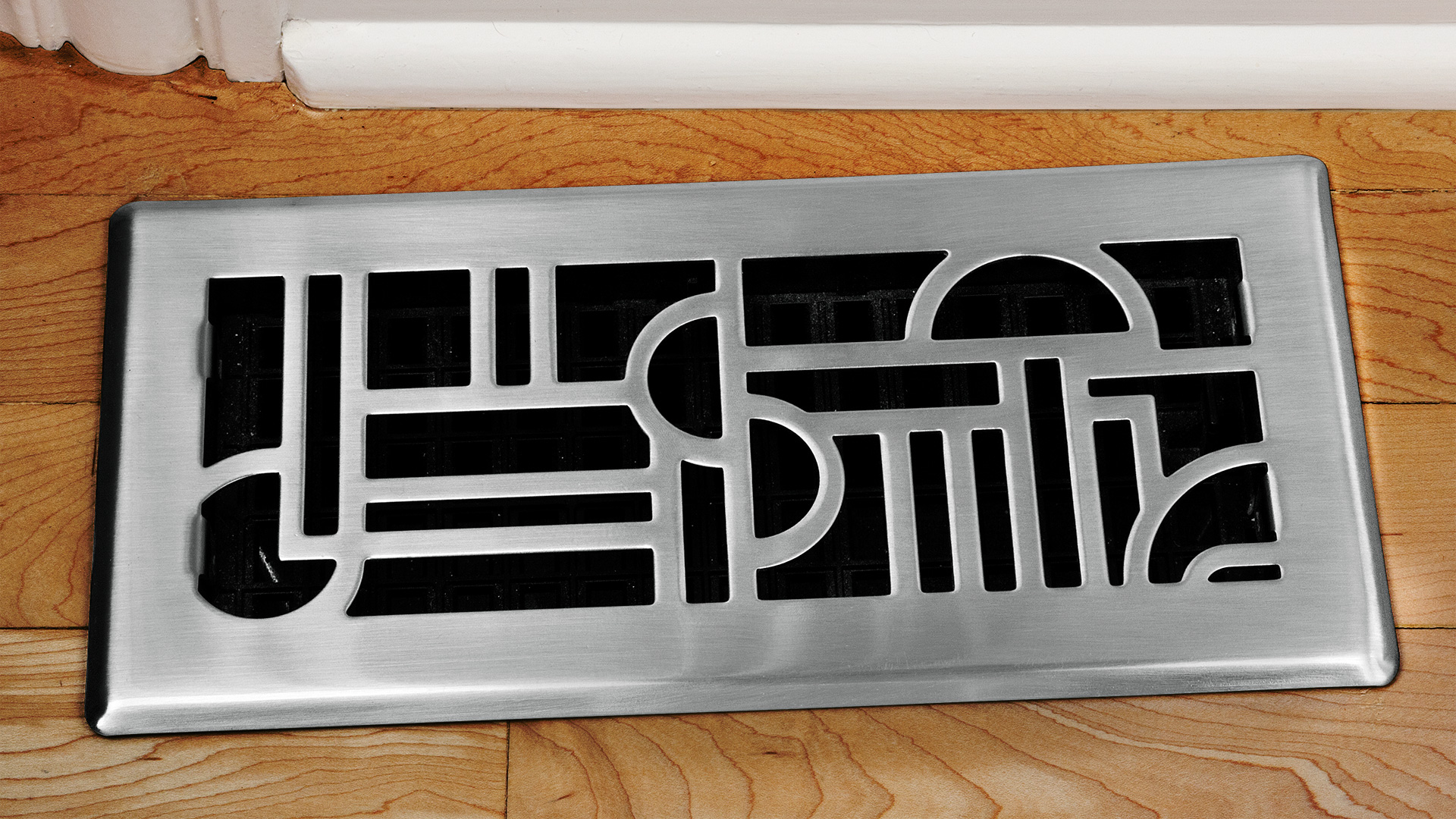- Don’t let soak in water – Like any other wood, long-term water penetration will cause degradation.
- Don’t put in a dishwasher – Hand clean with soap and water; then dry. The extreme heat from a dishwasher will excessively dry and eventually split the wood.
- Treat regularly – Use 100% mineral oil or other food safe wood creams and oils.
Why use mineral oil or wood cream?
Even when faithfully following steps 1 and 2 above, wood will naturally dry out and need rejuvenation. The mineral oil and creams treat and nourish the wood. Applying oil or cream regularly per manufacturer’s instructions will ensure your wood products remain in great condition. Each product will provide specific instructions on their labels.
- Add a liberal amount of mineral oil to all sides of your utensils and tops of your cutting boards with a paper towel or clean rag.
- Allow sufficient time for the oil to absorb into the wood.
- Wipe off any excess oil that may remain.
Food-safe mineral oil won’t become rancid or spoil like some other oils, which makes it safe to consume.
Cutting Board Care by John Boos
Renewing Wood Utensils
If regular oiling of wood kitchen utensils is not carried out a fuzzy haze may start to appear. No worries. This problem can be addressed by using 180-400 grit sandpaper to create a smooth finish before applying your oil or cream.
- Using a sheet of sandpaper; tear off a size that works best for you when sanding utensils.
- Start with a super fine (320 or 400) grit sandpaper and work your way to a more aggressive sandpaper (180-220) if need be. This will prevent removing too much wood material, which may not be necessary or wanted.
Wood utensils eventually show signs of degradation.


Light sanding removes the rough patches.


Finally, treat with mineral oil to retain the woods integrity.










